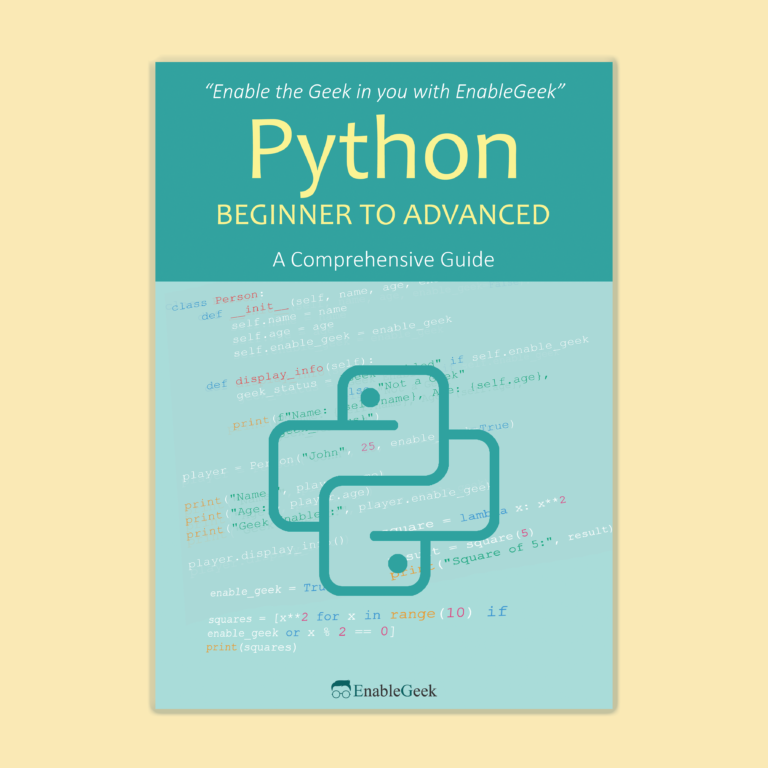- Home
- /
- Database
- /
- Page 3
Tutorial Series: Database
A database is a collection of data that is organized in a way that allows it to be easily accessed, managed, and updated. Databases are used in a wide range of applications, from small personal projects to large enterprise systems.
A database typically consists of one or more tables, which are composed of rows and columns. Each row in a table represents a single record, and each column represents a specific attribute of that record. For example, in a database of customer information, a table might have columns for first name, last name, email address, and phone number.
Databases can be managed using a database management system (DBMS), which provides tools for creating, updating, and querying data. Some popular DBMS systems include MySQL, Oracle, Microsoft SQL Server, and PostgreSQL.
Databases are used in many different applications, such as e-commerce websites, inventory management systems, and social media platforms. They are an essential tool for storing and managing large amounts of data and are often used in conjunction with other technologies such as web servers and programming languages to create robust and scalable applications.

Check Our Ebook for This Online Course


Advanced topics are covered in this ebook with many examples.
